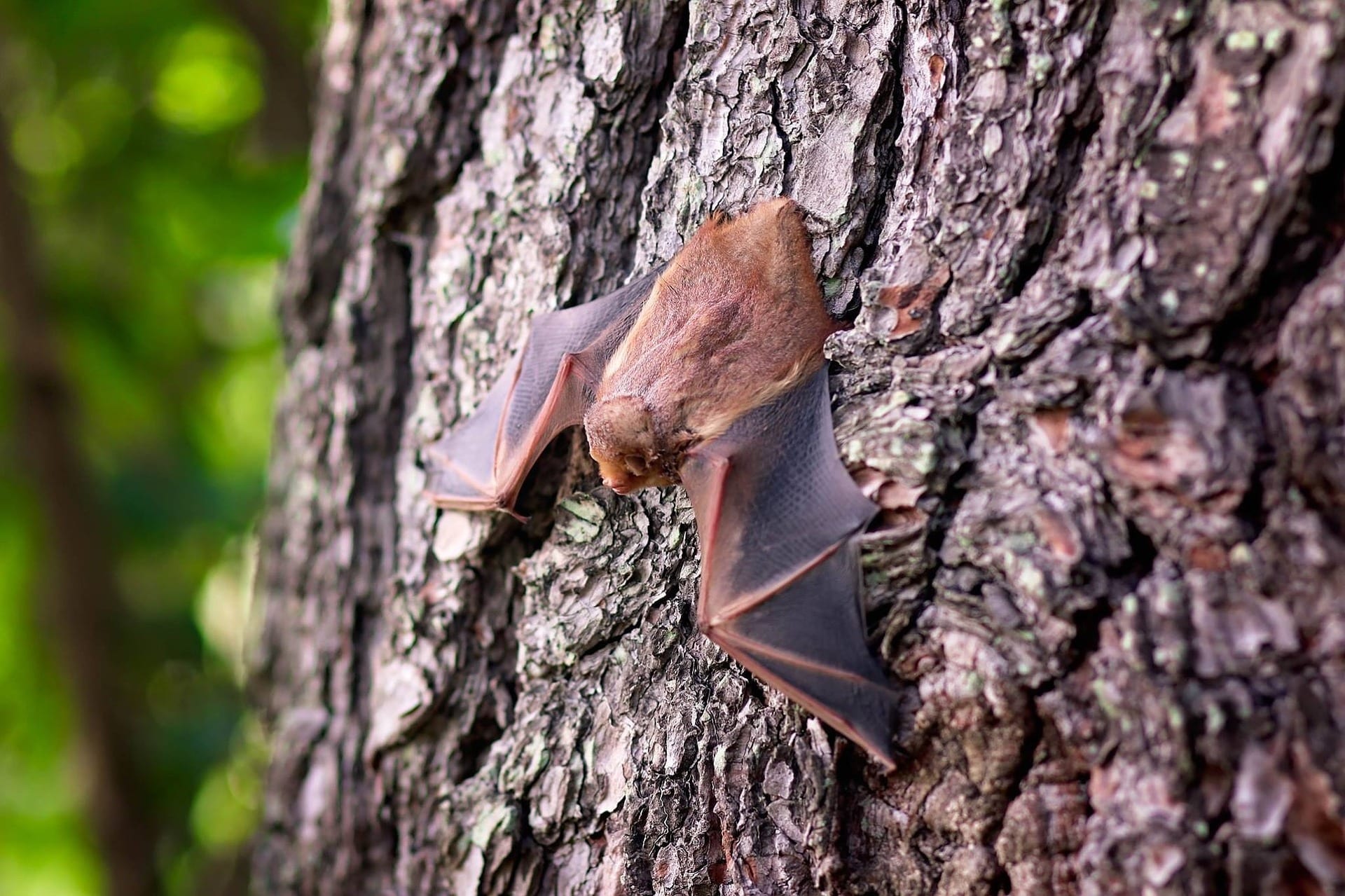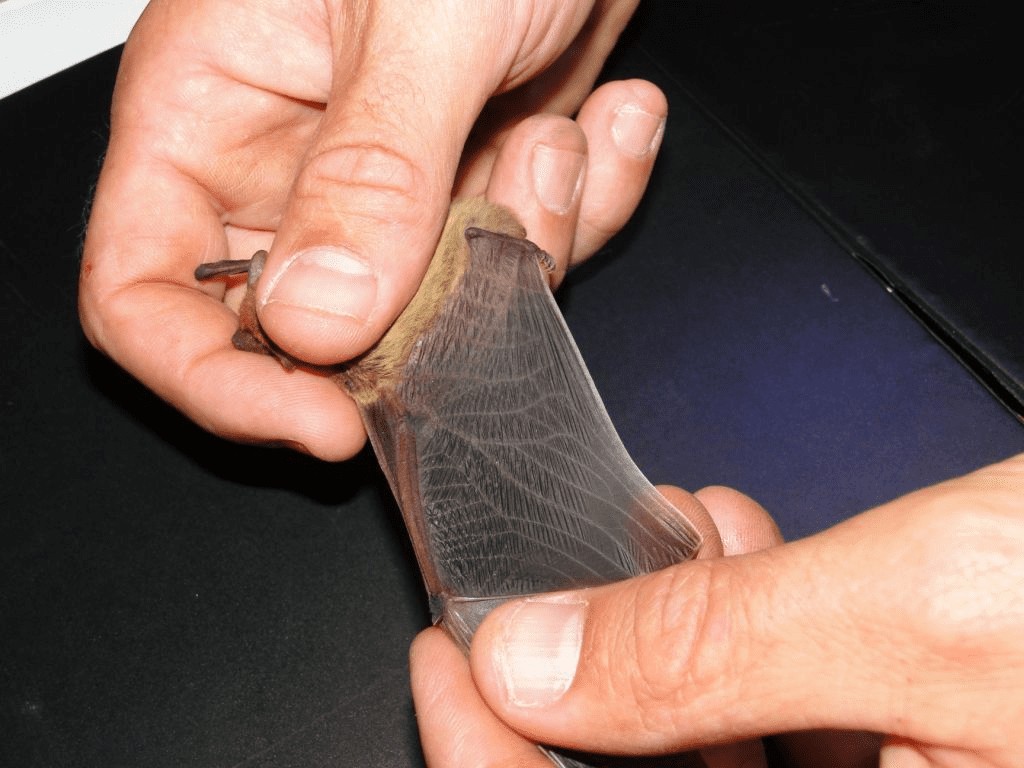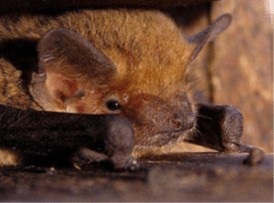Insect-eating bats as pest suppressors in agriculture systems of Hanadiv Valley
Carmi Korine
Vineyards around the world are important foraging sites for insectivorous bats (insect-eating bats), for whom moths, which are vineyard pests, are an important dietary component. Most species of bats in Israel are insectivorous, feeding on an enormous quantity of insects at night. Insectivorous bats forage in natural areas; some species also forage in farmland. Recent studies emphasise the importance of bats as providers of an important “ecosystem service” for humans: control of pests in agricultural systems. In other words, insectivorous bats have great potential as biological control agents of the community of insects that are agricultural pests. The current study examined the potential of insectivorous bats as biological control agents in the wine-producing areas of Hanadiv Valley.






